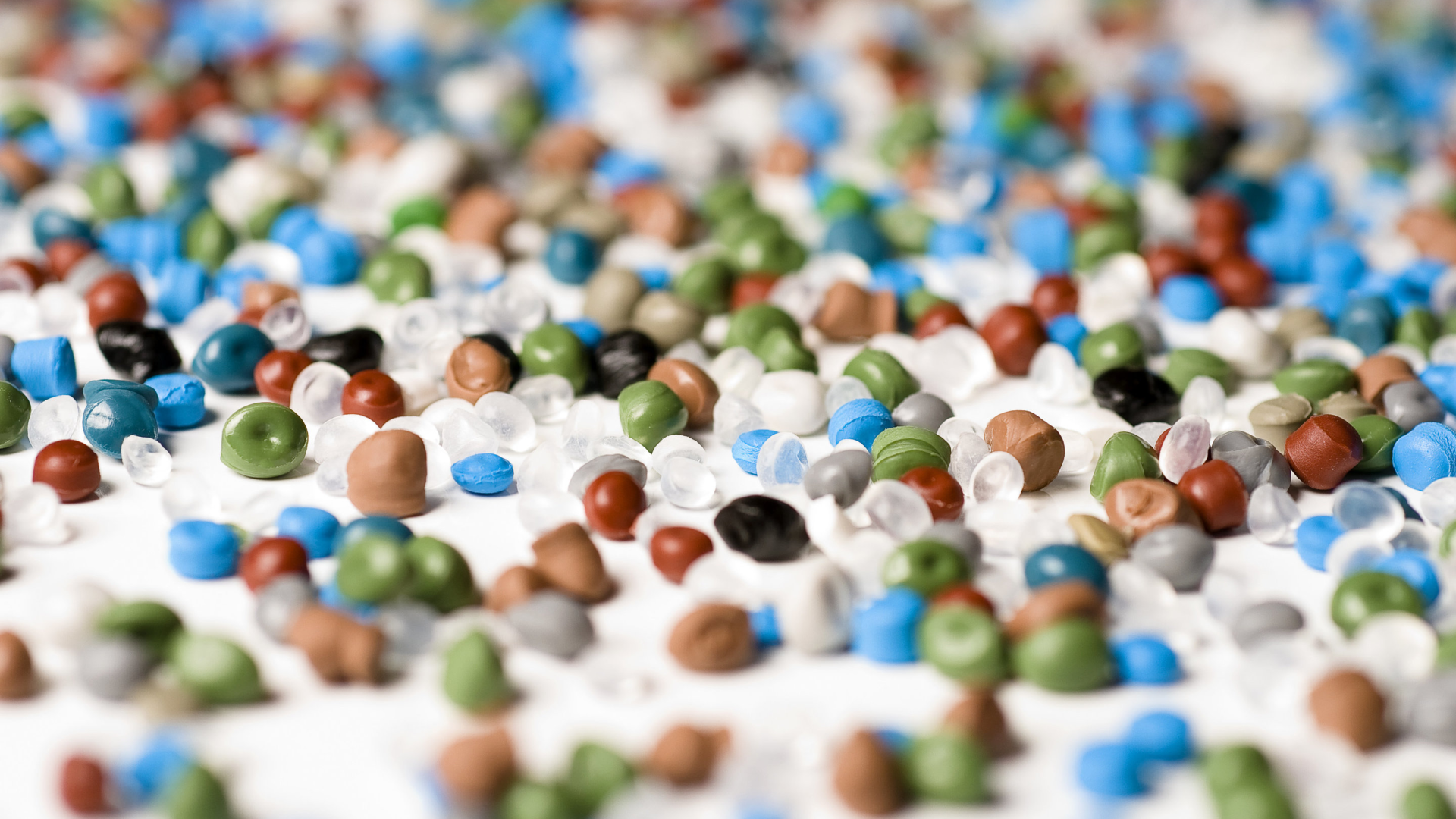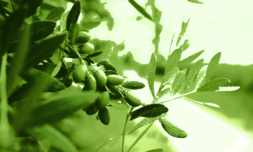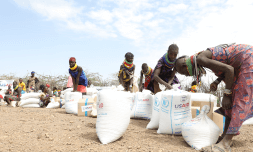Nurdles are probably the worst form of toxic waste you’ve never heard of. Floating in the oceans, billions of these tiny plastic pellets are causing as much damage as oil spills today.
We’re at the stage where it feels like humanity is deliberately sabotaging its own planet. Case in point number 100,000: nurdles.
By definition, nurdles are technically a form of micro-plastic because they’re small and – you guessed it – made from plastic.
Around 5mm in size, these lentil sized objects are the polymers (or raw material) from which our trillions of plastic products are made. It goes without saying that one place you really wouldn’t want them to end up is the ocean… surely, we’ve managed to avoid that right?
Wrong. Some 230,000 tons of nurdles pollute our seas every year and are known as the ecosystem’s second largest source of micropollutant. Shipped to factories all across the globe in giant barrels, these beads spill almost as frequently as oil. Negligence doesn’t discriminate, apparently.
In water, nurdles are highly persistent pollutants which won’t degrade naturally for decades – just like regular plastic. Mistaken as food by seabirds and fish, they both float and sink due to varying densities. In essence, this maximises damage against all marine life. Oh good.
Science has labelled ocean nurdles a toxic menace, as the material tends to gather toxins and harmful bacteria like a sponge over time. Previous studies have revealed they can even become ‘rafts’ for debilitating diseases like cholera.
As damaging as oil spills
Back in May, when a container ship caught fire and sank in the Indian Ocean, the UN described the incident as Sri Lanka’s ‘worst maritime disaster.’
In retrospect, however, it wasn’t the 350 tons of oil onboard that caused the most damage, nor was it the hazardous chemicals of nitric acid and methanol.
In fact, the most ‘significant’ harm – as the UN put it – came from 87 containers filled with nurdles. The largest such spill in history saw close to 1,700 tons of nurdles released, and they continue to wash up on shorelines across Indonesia, Malaysia, and Somalia by the billion.
Clean-up communities in Sri Lanka state that nurdles are still found in the bodies of turtles, whales, and dolphins and have prevented some 20,000 families from fishing. ‘It’s affected tourism, everything,’ one local said.
Despite its huge impact on natural ecosystems, the substance still isn’t deemed hazardous under the International Maritime Organisation’s dangerous goods code. Environmentalists are now lobbying to change that.




















